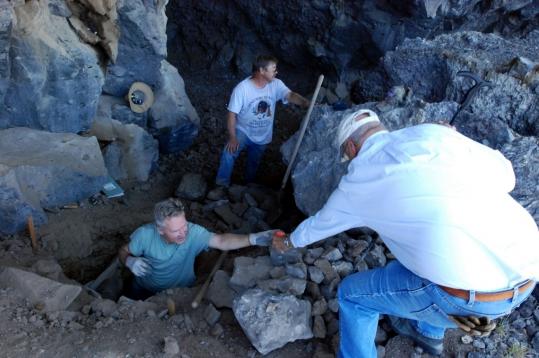


![]()
December 2006July 2007August 2007September 2007January 2008February 2008March 2008April 2008May 2008June 2008July 2008August 2008September 2008October 2008November 2008December 2008January 2009February 2009March 2009April 2009May 2009June 2009July 2009August 2009September 2009October 2009November 2009December 2009January 2010February 2010March 2010April 2010May 2010June 2010August 2010September 2010October 2010November 2010December 2010January 2011February 2011March 2011April 2011May 2011July 2011September 2011October 2011November 2011December 2011July 2012August 2012December 2012January 2013February 2013March 2013April 2013May 2013June 2013July 2013August 2013September 2013October 2013November 2013December 2013January 2014February 2014March 2014April 2014May 2014June 2014July 2014August 2014September 2014October 2014November 2014December 2014January 2015February 2015March 2015April 2015May 2015June 2015July 2015August 2015September 2015October 2015November 2015December 2015January 2016February 2016March 2016April 2016May 2016June 2016August 2016September 2016October 2016November 2016December 2016January 2017February 2017March 2017April 2017May 2017July 2017September 2017October 2017December 2017February 2018March 2018April 2018May 2018June 2018July 2018August 2018September 2018October 2018November 2018December 2018January 2019February 2019April 2019May 2019September 2019October 2019November 2019December 2019January 2020February 2020March 2020April 2020August 2020October 2020January 2024
Welcome to
History Buff, a blog for history lovers everywhere! History Buff brings
news stories about archaeology from around the world together on one site.
From finds in ancient Egypt to new discoveries in anthropology, History
Buff wants to know.


RSS: BLOG FEED
Subscribe to
Comments [Atom]
Logo designed by Shaun Venish
Blog designed by Mia Pearlman Design
9.22.2008
DNA indicates humans in N. America 14,300 years ago

University of Oregon archaeologist Dennis Jenkins (center) handed up a device to a co-worker for measuring temperature at the Paisley Caves outside Paisley, Ore. (Jeff Barnard/ Associated Press)
By Jeff Barnard Associated Press
PAISLEY, Ore. - For some 85 years, homesteaders, pot hunters, and archaeologists have been digging at Paisley Caves, a string of shallow depressions washed out of an ancient lava flow by the waves of a lake that comes and goes with the changing climate.
Until now, they have found nothing conclusive - arrowheads, baskets, animal bones, and sandals made by people who lived thousands of years ago on the shores of what was then a 40-mile-long lake, but is now a sage brush desert on the northern edge of the Great Basin.
But a few years ago, University of Oregon archaeologist Dennis Jenkins and his students started digging where no one had dug before. What the team discovered in an alcove used as a latrine and trash dump has elevated the caves to the site of the oldest radiocarbon dated human remains in North America.
Read the rest on Boston Globe.







